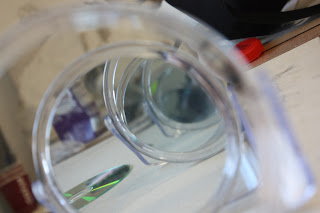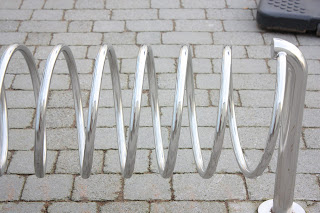One artist who really inspires my work is the world renowned artist Anish Kapoor. He has created some stunning work with the theme of reflection which I feel really relates to my work.
One of my favourite pieces of work from Kapoor is the
reflective "cloud gate" also known as the "bean" which was
created between 2004-2006. It is made up of stainless steel plate’s welded
together and highly polished to reflect the cities landscapes. I really like
the distorted reflection it creates and the interesting bean like shape.
Another piece from Kapoor which I find very interesting is the "sky mirror" which is a 35-foot-diameter concave mirror constructed from stainless steel. the art piece gives the impression of a lower sky.
This interesting art piece is made up of stainless steel metal balls which reflects the surrounding landscape.












































